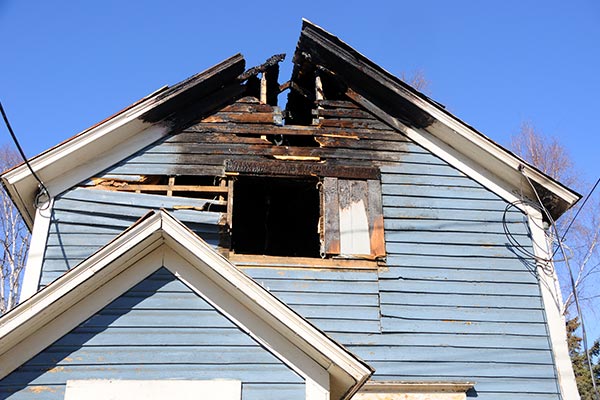Proudly serving East Alabama, Columbus GA, & Surrounding Areas
Menu
The aftermath of a fire extends beyond the visible damage caused by flames. Smoke and soot are often underestimated elements that can wreak havoc on a property and pose long-term challenges.
 Fire Damage Restoration in Columbus, Alabama
Fire Damage Restoration in Columbus, AlabamaThis article will delve into the intricacies of smoke and soot damage in professional fire restoration, shedding light on their less conspicuous yet equally damaging consequences.
While flames may be extinguished, the presence of smoke particles lingers, infiltrating every nook and cranny of a home. These microscopic particles are notorious for their ability to penetrate porous surfaces, leaving behind an invisible but persuasive layer of damage. Professional fire restoration services employ specialized techniques to identify and address smoke particles, preventing lingering odors and health hazards.
Soot, a black residue resulting from incomplete combustion of materials during a fire, is a visible manifestation of the smoke’s aftermath. It settles on surfaces, creating unsightly stains and posing health risks due to its composition of chemicals, metals, and other harmful elements. Professional fire restoration involves meticulous soot removal techniques, ensuring a thorough cleanup to safeguard both the property and occupants.
Beyond aesthetics, smoke can cause structural damage that may not be immediately apparent. The acidic nature of smoke can corrode metals, deteriorate wiring, and compromise the structural integrity of materials over time. Professionals assess and address these hidden consequences during the restoration process, ensuring the long-term stability and safety of the property.
Inhalation of smoke and soot particles can have severe health implications. Respiratory issues, irritation, and long-term health risks are associated with exposure to these pollutants. Professional fire restoration services prioritize the removal of airborne particles, utilizing advanced filtration systems and cleaning methods to restore indoor air quality and protect the health of occupants.
The pungent odor left behind by smoke and soot can persist long after visible damage has been addressed. Professional fire restoration services incorporate specialized deodorization techniques to neutralize and eliminate lingering odors. This process involves using air purifiers, ozone generators, and other advanced equipment to ensure a fresh and clean indoor environment.
Professional fire restoration goes beyond surface-level cleanup, addressing the multifaceted impact of smoke and soot damage. It involves thorough inspection, targeted cleaning methods, and preventive measures to mitigate long-term consequences. By understanding the nuanced challenges posed by smoke and soot, professionals ensure a comprehensive restoration that restores the property’s aesthetics and guarantees its occupants’ well-being.
In conclusion, the intricacies of smoke and soot damage emphasize professionals’ critical role in fire restoration. Restoration 1 of East Alabama is here and ready to help. Our expertise in identifying, assessing, and addressing these hidden elements ensures a thorough and effective restoration process. If you are grappling with the aftermath of a fire, you can find reassurance in knowing that our team of professionals is well-equipped to handle not only the visible damage caused by flames but also the subtle and potentially hazardous consequences of smoke and soot.